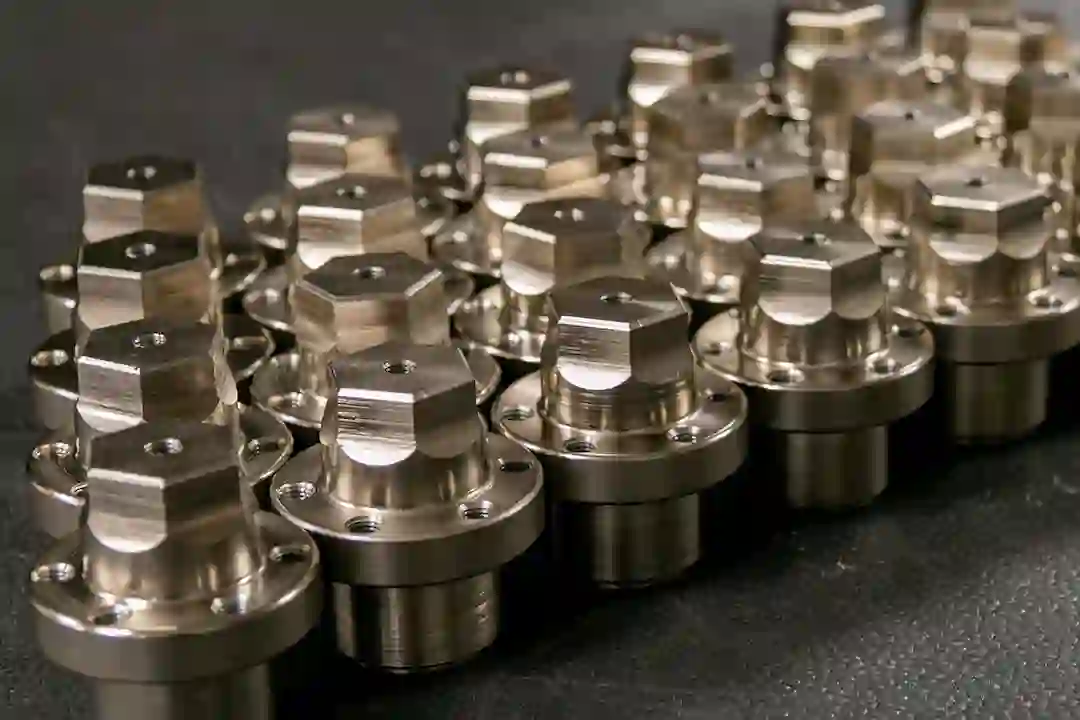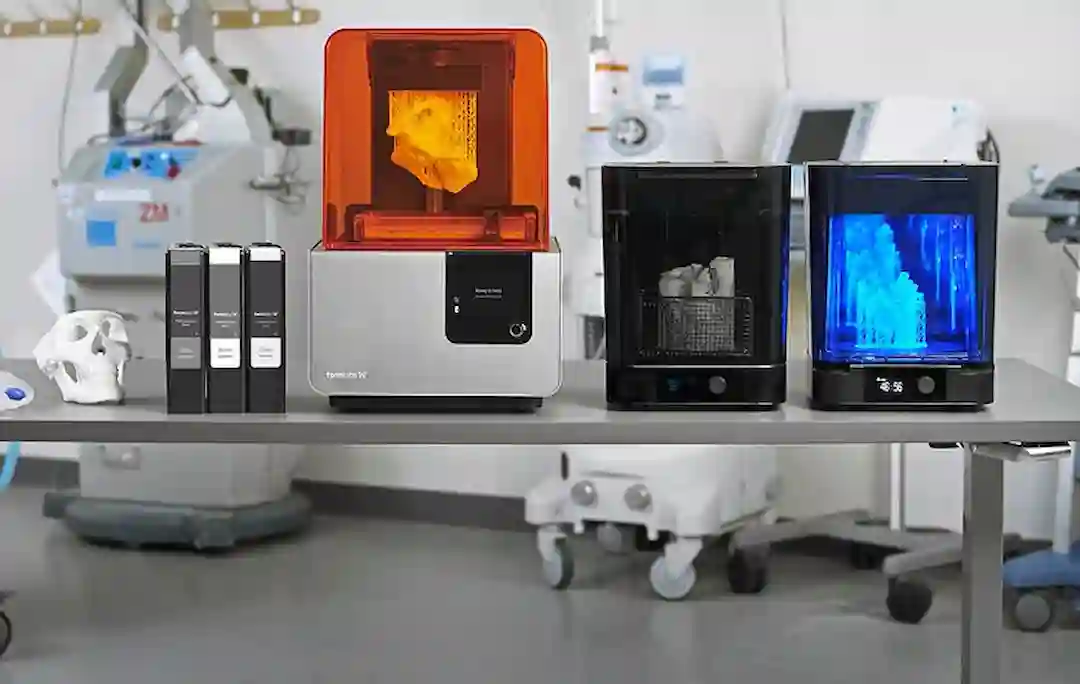Silicone – or polysiloxane – is an extremely popular engineering material. Silicone can be made into rubbery products, lubricants and hard resins while still maintaining excellent temperature resistance, UV resistance, as well as predictable and consistent physical properties. Solid silicone products are most commonly prepared via mold injection.
But is mold-injection the only way to make amazing things with silicone? Mold Casts are often expensive to produce, and more often than not, limit the design freedom of makers to what is practically achievable with injection molding. The financial overheads of injection molding also make it unsuitable for small-batch production runs or even rapid prototyping.
There has to be a better way, right? 3D printing perhaps?
Is it even possible to 3D print silicone?
3D printed silicone is definitely a reality now. But to say that it is either easy to print, or even easily accessible for all 3D printing enthusiasts would simply be untrue. There are a few high-end 3D printing processes adapted specifically to 3D print silicone. But none are readily available for consumer 3D printers. Instead, nearly all of the players in the 3D printed silicone space have opted to provide either on-demand 3D printing services for 3D printed silicone or extremely inhibitive and expensive 3D printers on contractual bases.
Why conventional 3D printers are no good for printing with silicone
There are a number of reasons why normal filament-based FDM 3D printers or resin-based SLA/DLP 3D printers cannot handle 3D printing with silicone:
Non-reversible reaction
Silicone does not exhibit normal thermoplastic properties of melting into a liquid at high temperatures and then hardening back to a solid when cooled. Instead, unprocessed liquid silicone undergoes a non-reversible reaction when it is molded and cannot be liquefied or even melted easily.
Stability in solid form
The thermal stability of solid silicone at extreme temperatures generally means that one cannot simply chuck a long silicone rope in a filament-based 3D printer and expect results. Even if silicone is melted, the result is a gooey puddle which does not hold its shape long enough to be extruded into layers.
UV resistance
To add to its other brilliant physical properties, silicone in both liquid as well as solid states is extremely UV resistant. Silicone cannot be “cured” as UV sensitive resins can be. This automatically dashes any hope of using pure liquid silicone as a resin in resin-based 3D printers.
In summary, no matter how one looks at it, silicone just does not seem to be well-suited to the current 3D printing technologies. That is why up until now, only high-end players in the chemical and engineering space can afford to make 3D printable silicone solutions that give a pure or close-to pure silicone product once processed.
Current 3D printing technology for silicone 3D printing
Drop-on-demand (Aceo)
Aceo is the brand name given by Wacker Chemie AG to its in-house dropjet solution of 3D printed silicone. The Aceo tech 3D prints silicone by planting one voxel of silicone solution (silicone plus UV activating binder) at a time. After each layer, a UV light source activates the binder and then the next layer is planted. Support structures are printed with a water soluble material to be dissolved later in post-processing.
Modified resin-based 3D printing (Spectroplast, Carbon, Henkler, Envisiontec)
The modified resin-based 3D printing technique for silicones is used by multiple companies. Nearly all such approaches mix liquid silicone with a photosensitive resin base. The approaches generally involve the following steps:
- Design the 3D print in a custom software tailor-made for the 3D printer by the manufacturer;
- load up the file on the 3D printer;
- fill the vat with the proprietary silicone resin;
- let the machine do its thing;
- and then post-process (usually in an oven of some sort) to leave behind a pure silicone part.
Spectroplast only offers its tech as an on-demand service. Whereas Carbon and Envisiontec are targeting industrial use for their high-cost high-end machines. Henkler recently entered the 3D printing space by way of its resin line compatible with both Carbon and Envisiontec 3D printers.
Liquid additive manufacturing (LAM)
LAM is a technique similar to FDM 3D printing, but with some modifications to make it suitable for liquid silicone. LAM can be thought of as a curing-based FDM process. In that, liquid silicone rubber (LSR) is extruded onto a build plate, and then a halogen lamp heats the extruded layer to enable molecular cross-linking. Thereby converting the liquid silicone to solid. LAM is developed by German RepRap in collaboration with the Dow Chemical Company.
German RepRap offers LAM-based 3D printers under the innovatiQ brand.
3D printed injection molds for silicone
Though not a “true” 3D printed silicone solution, many on-demand services have found a suitable half-way for utilizing the flexibility of 3D printing with traditional mold-injected liquid silicone.
The simplicity of the concept itself at the very least holds merit. The most expensive and time-consuming part of using injection molding is the making and casting of the molds. Metal molds provide a lot of finesse in terms of usability, but they need to be prepared on order. By exchanging the expensive metal molds for inexpensive 3D printed molds – made with ABS or any other engineering plastic – one can both expedite the mold making process, as well as iterate much quicker than would be possible with conventional mold casting on the silicone part.
This technique is also, arguably, the only way to “3D Print” custom silicone parts at home right now.
Cost of 3D printing with silicone
The exact costs are difficult to ascertain because 3D printable silicone is not readily available at the consumer-level. The proprietary solutions such as Aceo by Wacker Chemie AG, Spectroplast associated with ETH Zurich, 3D Alchemy based in the UK are all offered as 3D printing on-demand services with custom quotations.
On the other hand, if we are to look at professional 3D printers available for 3D printing silicone, then the 3D printers alone can cost upwards of $25,000 per year for Carbon’s silicone-polyurethane resin-capable DLS 3D printers. Liquid Additive Manufacturing or LAM 3D printers developed by German Reprap in collaboration with Dow chemical company also run between $50,000-$100,000.
Suffice to say, 3D printed silicone right now is expensive and generally only suited to engineering or pro-grade usages. The on-demand services are sure to 3D print your custom design or even good ol’ 3D Benchy in silicone. But expect a bill much higher than your average PLA print.
Quality of 3D printed silicone
3D printed silicone demonstrates similar physical properties to its mold injected counterpart. Some technologies like LAM are designed specifically to even use liquid silicone rubber (LSR) similar to what is used in injection molded silicone parts.
3D printed silicone then;
- is extremely thermally stable ranging from subzero temperatures to temperatures in the hundreds on both the celsius and fahrenheit scales;
- demonstrates high resistance to UV, humidity and changing weather conditions;
- is non-conductive;
- retains flexibility as well as its elastic nature when subject to compression or elongation; and
- is non-reactive with living organisms so it can also be used for various medical and surgical implants
Add to the above intrinsic strengths of silicones: the creativity, innovation and design flexibility of 3D printing, and you end up with an extremely versatile engineering material that is fit for multiple use-cases.
Benefits of silicone 3D printing and what the future may hold
Silicones are already used abundantly nearly in all manufacturing industries in some way or form. We use silicones in machinery as sealants, adhesives, lubricants, grease; in robotics, prosthetics, biomedical implants; as well as in an increasing number of consumer goods such as phone cases, kitchenware, textiles, and many more.
Naturally then, the opportunities of 3D printed silicone impact so many industries.
- We could see biomedical implants as well as artificial organs custom designed down to the micron to fit the needs of the patient.
- We could develop highly engineered seals that minimize material use while maximizing airtightness.
- Consumer goods that could be custom 3D printed; clothing and fashion accessories that could be made to size overnight; soft, flexible robots that could do everything from making the morning coffee to assisting the elderly in their everyday lives.
The development of silicones represented a truly marvelous achievement in the synthetic materials space. Add the magic of 3D printing and it would surely not be an understatement to call it simply “revolutionary”.
Just as FDM and SLA technology seemed only suitable for expensive rapid prototyping at the industrial level decades ago, so too does silicone 3D printing seem out-of-reach of the average enthusiast right now. But just as the 3D printing technologies before it, all the advancements at the bleeding edge of silicone 3D printing happening now, would ultimately trickle down to consumer 3D printers in time.
The future of 3D printing has been bright for a long time. 3D printed silicone, while still in its infancy, promises to make that future even brighter. Till then, those of us who just have to have 3D printed silicones in our lives can either order one online, or better yet 3D print an injection mold and marry the old way with the new.





